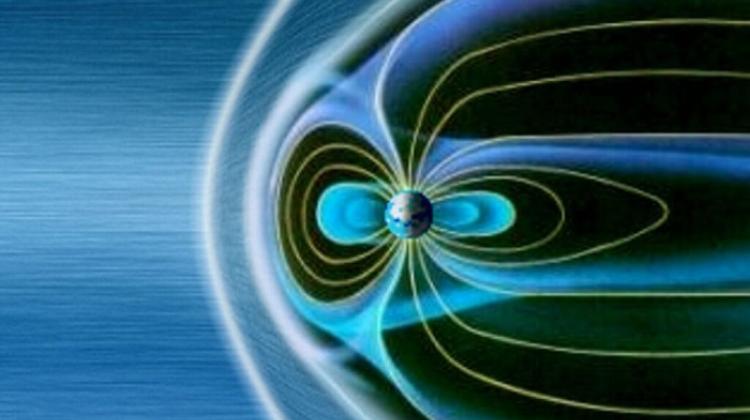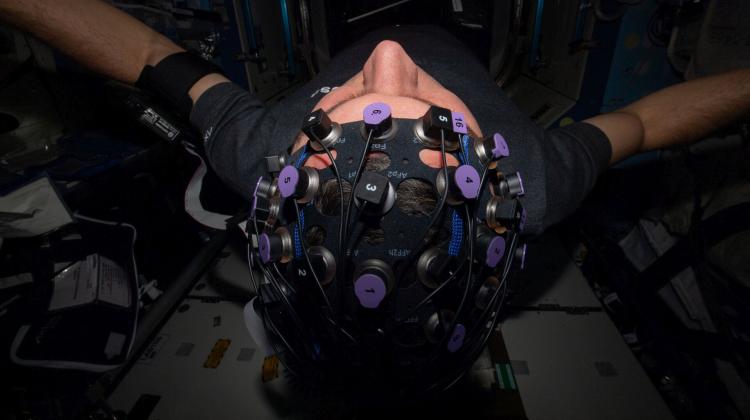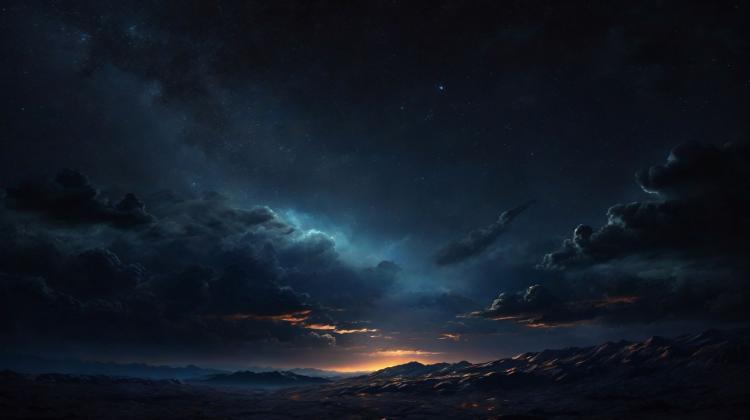What heats plasma in cosmic shocks
 Credit: Space Research Centre PAS/ESA
Credit: Space Research Centre PAS/ESA
The mechanism responsible for accelerating electrons and protons and for heating plasma in shock waves generated in rarefied ionised gas (plasma) was discovered by scientists from the Space Research Centre of the Polish Academy of Sciences in Warsaw and the University of Strathclyde in Glasgow.
According to the Space Research Centre PAS release, shock waves or acoustic shocks in the Earth's atmosphere form when a fast-moving object, such as a jet plane, exceeds the speed of sound. In space, the situation is reversed, and it is usually the medium in the form of rarefied plasma that moves faster than magnetic sound in relation to obstacles around which a stationary shock wave, called a plasma shock, forms.
The best-known cosmic shock is the magnetospheric shock - created at a distance of thirteen Earth radii in the solar wind flowing from the Sun at 500 km/s.
The discovered mechanism is related to the so-called deterministic chaos, caused by strong changes in the magnetic and electric fields that randomly change the trajectories of charged particles.
'A breakthrough in understanding these processes was possible thanks to the use of measurements from the constellation of four satellites forming the NASA-managed Multiscale Magnetospheric mission,’ says the project leader Professor Krzysztof Stasiewicz.
The magnetospheric shock is the first barrier to stop the solar wind. Without the magnetospheric shield, the solar wind leads to the 'washing out' and disappearance of the atmosphere, which happened, for example, on Mercury and Mars.
Stronger shocks occur during the explosion of supernovae, where elements heavier than iron are formed, e.g. copper, zinc, krypton. Shocks also accelerate the particles that make up cosmic rays to very high energies.
'The best physicists in the world worked on the problem of accelerating particles on shocks (and failed), which proves the importance of this discovery,’ says Professor Zbigniew Kłos.
PAP - Science in Poland
kol/ bar/ kap/
tr. RL
Przed dodaniem komentarza prosimy o zapoznanie z Regulaminem forum serwisu Nauka w Polsce.
















